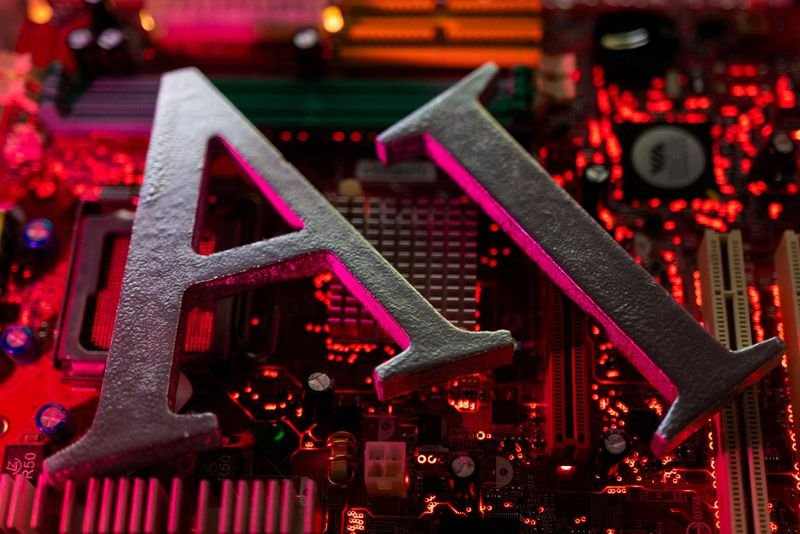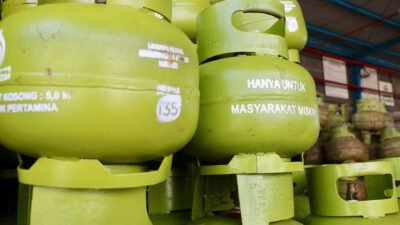As the global race for technological dominance intensifies, Chinese President Xi Jinping has issued a bold call to action. In a recent address, Xi emphasized the urgent need for China to achieve self-sufficiency in artificial intelligence (AI), positioning the technology as a national priority amid growing tensions with the United States.
This directive signals a pivotal shift in China’s strategy—not just to compete globally, but to lead the AI race on its own terms.
🧠 Xi Jinping’s Message: AI Is a Core Strategic Asset
During a high-level meeting with top officials and tech leaders, President Xi stated that artificial intelligence is the engine of future productivity, security, and innovation. He urged domestic companies, research institutions, and government bodies to collaborate in accelerating AI breakthroughs.
Xi’s speech clearly reflects his belief that reliance on foreign technologies—especially those from geopolitical rivals—poses a strategic vulnerability. Therefore, China must foster a self-reliant AI ecosystem, from hardware and algorithms to data infrastructure and applications.
🇨🇳 Why China’s Push for AI Self-Sufficiency Matters
China has already made impressive strides in AI over the last decade. Companies like Baidu, Tencent, Huawei, and SenseTime have rolled out cutting-edge solutions in facial recognition, autonomous driving, and natural language processing.
However, key dependencies still exist—particularly in semiconductors, advanced chip-making equipment, and AI software frameworks—areas where the U.S. and its allies dominate.
The U.S. government’s export controls on advanced chips, along with bans on supplying certain Chinese firms, have heightened Beijing’s urgency. Xi’s call for AI independence is not just about economic leadership—it’s about national security, resilience, and global influence.
🔍 Strategic Areas of Focus for China’s AI Ambitions
To realize this vision, China is expected to:
- Invest heavily in AI research and education through universities and national labs
- Strengthen domestic semiconductor production, especially AI-specific chips
- Support homegrown AI platforms to reduce reliance on Western cloud and data tools
- Create open innovation alliances among Chinese tech firms to share knowledge and scale faster
These efforts will likely be backed by state funding, subsidies, and policy incentives, similar to how China has approached other key sectors like electric vehicles and 5G.
🌍 The Broader Implications: A Global AI Power Shift?
Xi’s directive is not just a domestic agenda—it’s a message to the world. By doubling down on AI self-reliance, China aims to rival or even surpass the U.S. in setting global standards for artificial intelligence.
This push could reshape global supply chains, accelerate technological decoupling, and create two distinct AI ecosystems—one led by the U.S. and another by China.
For businesses, policymakers, and developers, the rise of parallel AI spheres may demand new compliance strategies, ethical standards, and international cooperation frameworks.
📌 Final Thoughts: China’s AI Future Is Taking Shape
President Xi Jinping’s call for AI self-sufficiency marks a decisive moment in the global tech landscape. With vast resources, talent, and political will, China is poised to build its own AI future—independent of U.S. technology.









